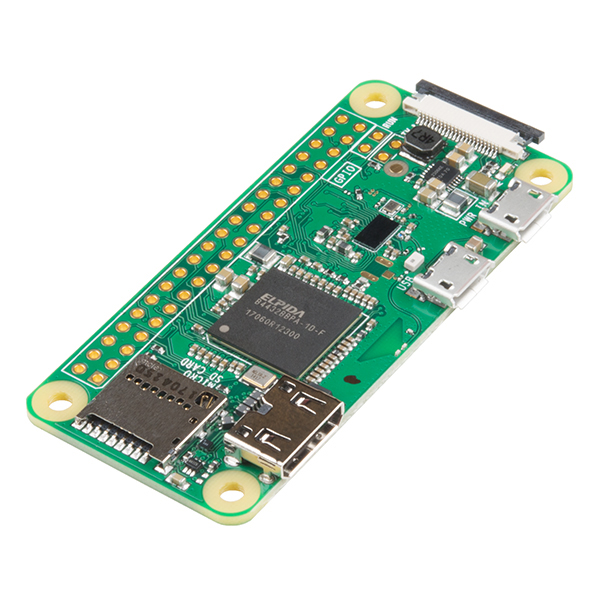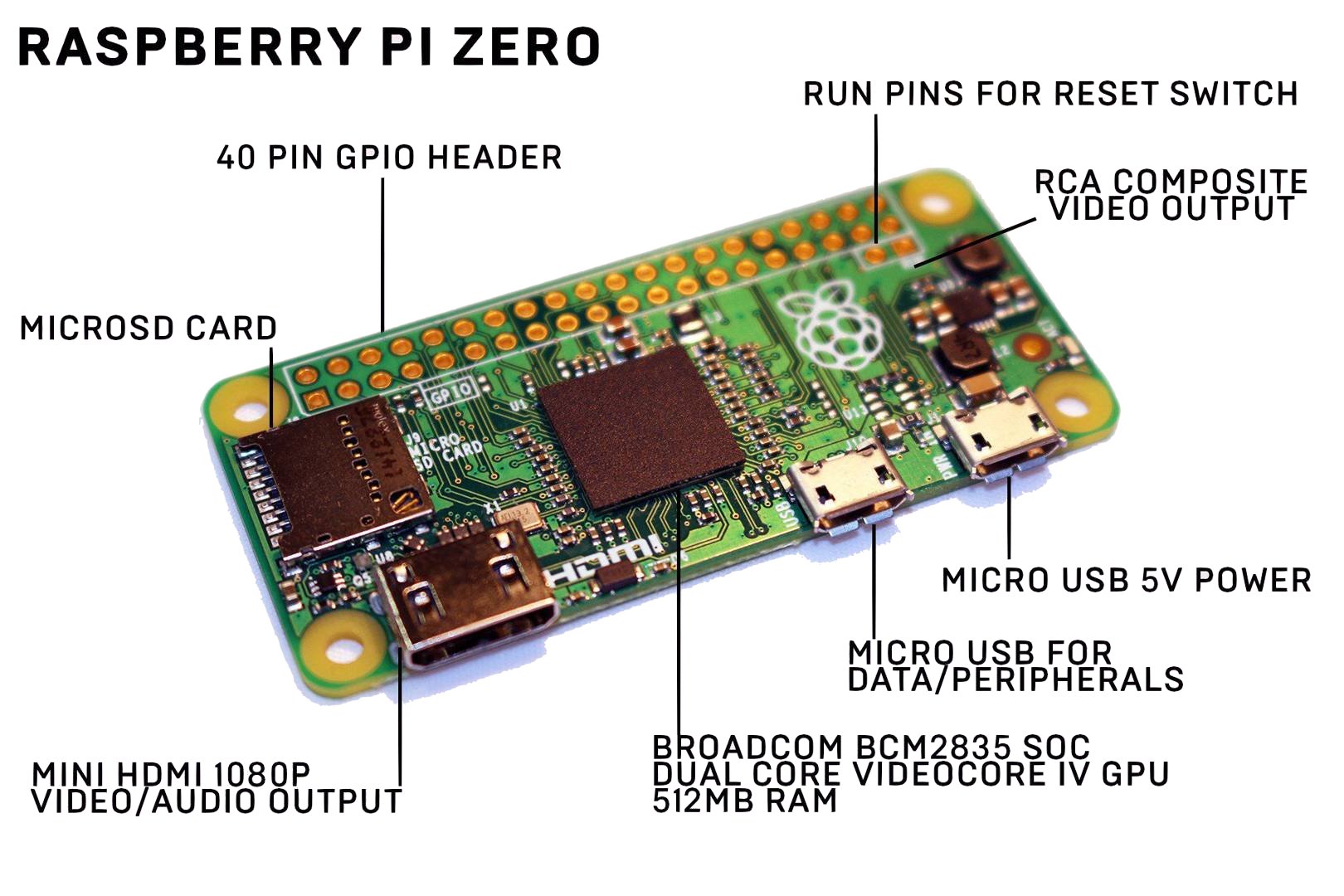
- DEBIAN RASPBERRY PI ZERO W INSTALL
- DEBIAN RASPBERRY PI ZERO W SOFTWARE
- DEBIAN RASPBERRY PI ZERO W PASSWORD
Double-click Terminal. Run the following commands: ssh.
DEBIAN RASPBERRY PI ZERO W PASSWORD
This part assumes that ssh is enabled for your image and that the default user is pi with a password of raspberry. Put the SD card into the Pi Zero W. Plug a Micro-USB power cable into the power port (the one closest to the end of the board). Give the Pi Zero plenty of time to bootup (it can take as much as 90 seconds - or more) Login over Wifi You can also do this by right-clicking on the card on your desktop. It’s more of a logical eject: meaning it’s safe to remove the card now. The command won’t physically eject the disk/card. Issue an eject command: diskutil eject / dev / disk2 Save your changes, press CTRL + O, followed by Enter. confĮdit the file that you just created and paste this into it (adjusting for the name of your country code, network name and network password): country = GB ctrl_interface = DIR = / var / run / wpa_supplicant GROUP = netdev update_config = 1 network = Then open the file: sudo nano / Volumes / boot / wpa_supplicant.

To enable it, run this command: touch / Volumes / boot / ssh Add network informationĬreate a new empty file that will hold network information: touch / Volumes / boot / wpa_supplicant. Enable sshįor security reasons, ssh is no longer enabled by default. Take your SD card out of your computer and place it back so it can be mounted again. Once complete, the utility will automatically eject/unmount the SD card so it’s safe to remove it from the computer. You’ll see a progress bar that tells you how much is left to do.

DEBIAN RASPBERRY PI ZERO W SOFTWARE
Note that the software may have already selected the right drive. Finally, click Burn to transfer Raspbian to the SD card.
DEBIAN RASPBERRY PI ZERO W INSTALL
Visit etcher.io and download and install the Etcher SD card image utility. Run Etcher and select the Raspbian image you unzipped on your computer or laptop. Select the SD card drive. Once you download the file, note the location of the *.img file. we use the Raspberry Pi OS (32-bit) with desktop and recommended software. This is a Image with desktop and recommended software based on Debian Buster. These instructions are for a Raspberry Pi OS image that I downloaded from here: I use Raspberry Pi OS, (previously called Raspbian) is our official operating system for all models of the Raspberry Pi. When your card is formatted it will promt you.

Rename the volume label to Boot and format it. Insert your SD card into the computer or laptop’s SD card reader, select the drive letter for your SD card.

Visit the SD Association’s website and download SD Formatter 5.0.1* for either Windows or Mac. Follow the instructions to install the software. SD Formatterīefore we can write the image to the SD Card we need to prepare the SD Card. we use the Raspberry Pi OS (32-bit) with desktop and recommended software. This is a Image with desktop and recommended software based on Debian Buster. In this blog we therefore we use a Rapberry Pi zero W with Raspberry Pi OS, (previously called Raspbian) is our official operating system for all models of the Raspberry Pi. So let’s try if we can run the ESP HomeKit SDK on a Raspberry Pi Zero W, to make it more Interesting. I seems that I would not receive my goods soon due to the Carona virus. While I was waiting for some stuff from Aliexpress I had noting else to do. The first question that probably comes to your mind is “What?, Why?” when you read this headline: ESP HomeKit SDK – On a Raspberry Pi Zero W.


 0 kommentar(er)
0 kommentar(er)
